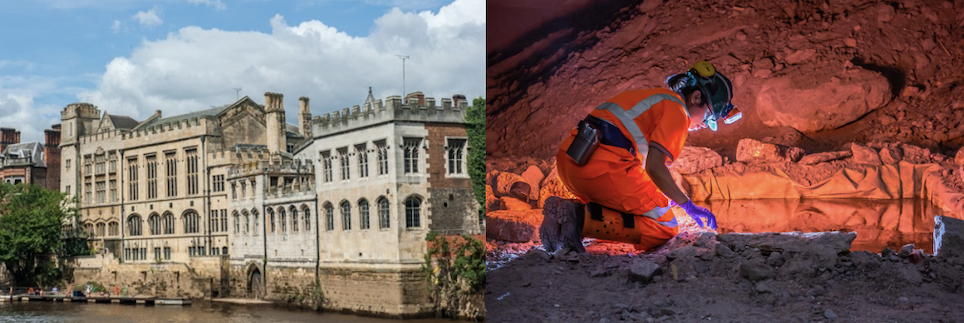Speaker
Description
20-minute talk + 10-minute questions
Our study aims to produce a biogeochemical fingerprint of fossil and living microbial organisms in salt and brines of the mine at Boulby by analysing lipid biomarkers (alkyl lipids, GDGTs) and DNA. Outcomes are expected to contribute insights into late Permian hydrology and paleoecology, extremophile ecology and astrobiology. Biomarker distributions in the salt and, in particular, in backfilled desiccation cracks can provide information on the environmental conditions in and around the Zechstein Sea ~250 million years ago. The site represents a shallow proximal setting of the Zechstein Basin, with exposure of the evaporite surfaces during sea-level lowstand. We can confirm earlier observations of microbial biomarkers, mainly short-chain n-alkanes with a very low odd-over even predominance. In addition, we have found traces of leaf wax-derived mid-chain (C22-C26) fatty acids, representing input from the nearby coast. Short-chain mono-unsaturated C18 fatty acids most likely represent contamination from modern bacteria. Further analyses to confirm their origin are currently in progress. The biomarker data will help to interpret Raman spectroscopy data produced from the same material. Raman spectroscopy will be one of the tools aboard the next generation Mars rovers. Marsian evaporites are prime targets in the search for extra-terrestrial life since the last places where microbial life could have existed on Mars would have been the evaporating oceans. Finally, identifying and fingerprinting microbes living in modern brines of the mine and on tunnel walls will both help to understand community adaptation to variable ion distributions and provide a control to detect contamination of the fossil material.

